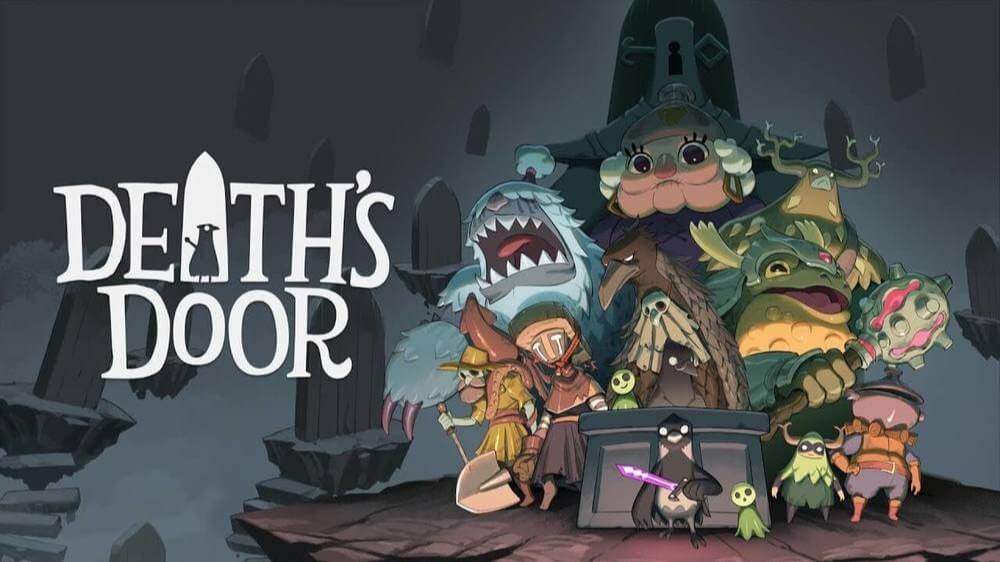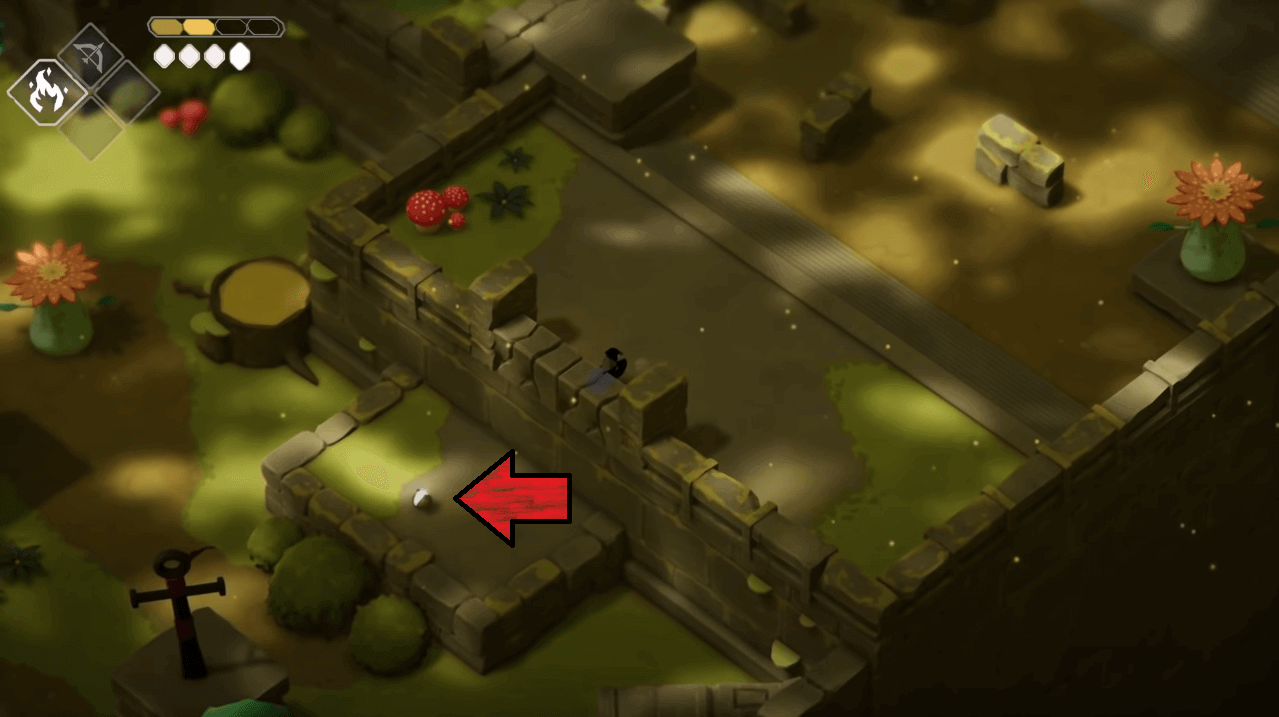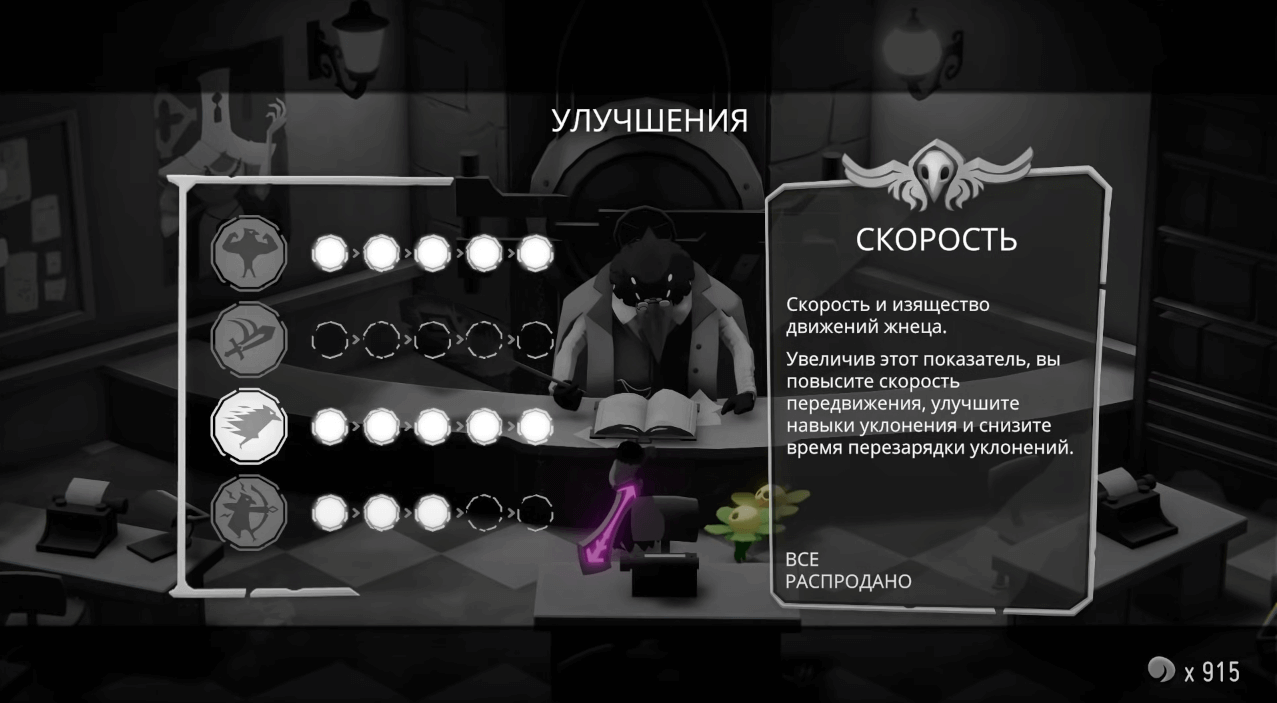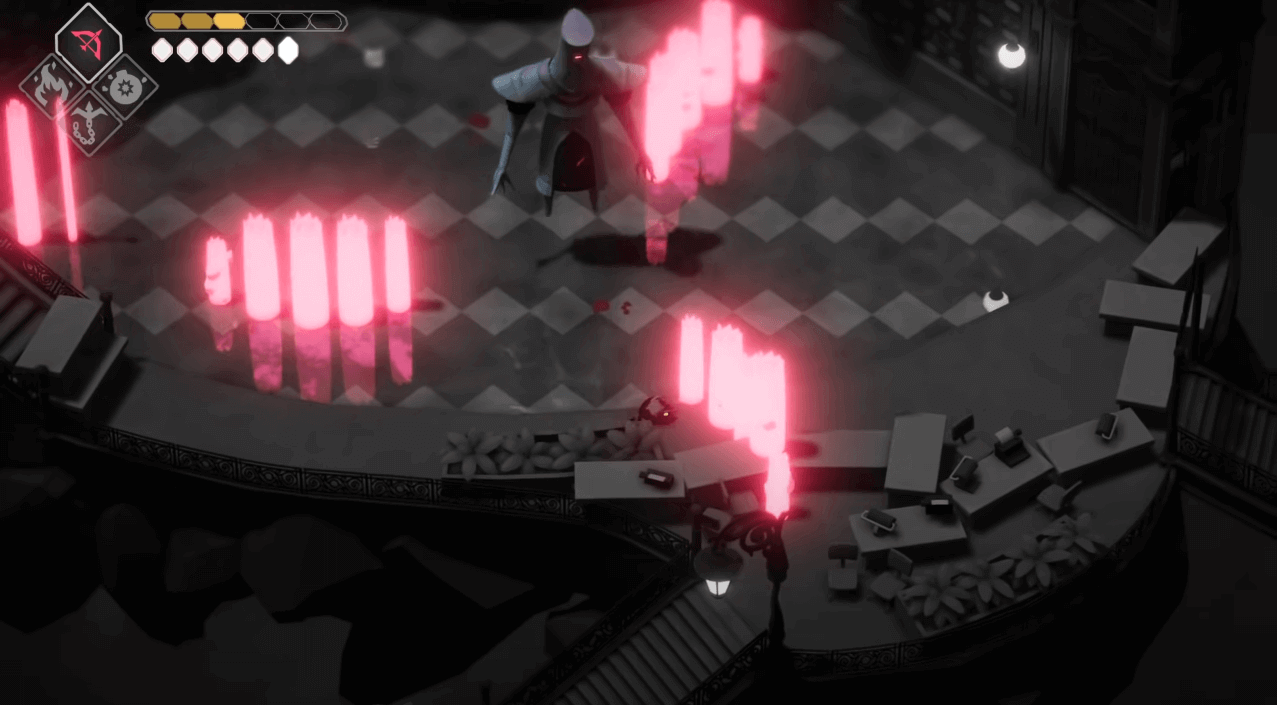Death’s Door

Death's Door - A classic indie adventure
What does a good indie game need? An original idea, atmosphere, recognizable visuals, pleasant soundtrack, or all of the above? The truth is somewhere in the middle: it is enough to keep the game from falling apart into elements.
Or...you could lean on the experience of an established game and try to replicate its success. However, in the game industry it's just like everywhere else: it's not enough to repeat the flavor, you need to know everything about the recipe and the production process.
I'm so lazy that I'm too lazy to die
The game raises a rather transparent, but so far not hackneyed theme of the inevitability of death. According to the laws of this world, for someone to be born in the world, someone else must die and give up his soul. Thus there is a sort of cycle of souls in nature.
The main character is one of the raven reapers, who works in the committee of reapers. He's responsible for making sure that this circle works properly. But the crisis has taken root here, too: many creatures refuse to die, which leads to stagnation in this peculiar market. All the charts are in deficit, there is no work. The overall decline is evident even in the opening clip.
Our raven is tasked with retrieving the soul of a giant. The task seems easy and promises a nice reward. Having "completed" the task, the raven returns to the commission, but on the way back the protagonist is robbed by an unknown assailant. It would be all right, but the heads of the commission peculiarly fine the reapers for the loss of their souls - they take away their immortality. Without immortality, it becomes much more difficult to perform the work of a guide to the next world.
To replace the lost soul of a giant, our reaper undertakes to bring three more souls, and not just three souls, but three souls of giants.
Simple but tasteful
The gameplay of Death's Door is simple: we explore intricate labyrinthine locations and fight enemies, but the trick is in the nuances.
Exploring new terrain is always interesting: the path leads the player along different paths, but they all lead to a common room. And if the main story path is fairly linear, then to find all the geocaches - it is a separate challange. Sometimes it's enough to make a wrong turn and find the weapon or the treasure, and sometimes you'll have to rack your brains for some puzzles. Sometimes the game teases the player and shows the desired item in places we can't get to yet.

All so that we will want to go back there already with the right item. Some obstacles need to blow up, some need to fly over with the help of a hook-cat. All of these items are obtained in the course of the passage, so the first already passed level, may still be of interest to the player. Needless to say, if after passing the statistics gives us only 75% of the game's completion. In general Death's Door is a classic metroidvania without the admixture of other genres and bold ideas. The trick is that the entry threshold for this game is so low that Death's Door can be used as a protracted learning experience with some kind of challenge. Metroidvania is often plagued by artificially dragged-out gameplay, where the player is forced to go back and forth, wait for scripts to trigger, climb high stairs, and hunt for barely noticeable holes in the walls. Death's Door doesn't have that, but the concept and the chips of the genre are still there.
Combat...the principle is the same here - simple but tasteful. Our raven is quite good with a sword, a little later he gets a bow and a bomb. It was nice that the combat system is not reduced to calling enemies to death, the game decides the timings. The protagonist swings his sword just 4 times - this is his standard combo - after which the animation sort of starts over again with a slight delay. It is possible to charge a powerful strike, but the dynamics in the game are such that you will be killed three times in those seconds of procrastination. With the bow the mechanics work in a similar way: we fill up the scale with hits and each successful hit on the enemy adds 1 arrow to our imaginary quiver.
Completely standard combat system with rolls, but without the wonders of fencing, is saved by responsive controls. There was no case where a button was pressed and the character reacted a fraction of a second later, or did not react at all. Even kind of sad when you put this point on the plus side. It should be a given these days...
There is also a kind of RPG: we are free to swing the strength of the attack, its speed, the speed of movement and the power of magic. Here the developers miscalculated a little bit, because special progression from the improvements is almost not felt, and magic, as well as the bow, take a long time to recharge.

Another thing is that all improvements are very expensive, and their price increases almost exponentially. Is it worth swinging at all? Yes, at the final stage of the game you'll be just short of that little bit of enhancement - here's some free advice.

The opponents, on the other hand, are a delight. There are many types of them, and every battle in the arenas is clearly balanced: all the attacks are extremely readable. The game doesn't overwhelm you with meat, but doesn't let you relax either. Boss battles are moderately challenging, but not memorable. Stage by stage battles, where we die in the game a hundred times trying to find a weak spot in the foe was not spotted. Which is probably for the best...Death's Door isn't about hardcore.
A small team works wonders
Did you know that Death's Door was developed by a team of only two people? The small British studio Acid Nerve consists of one developer and one composer... a composer who eats his bread for a reason. Though the music doesn't stick in your memory, it accentuates and complements the picture on the screen very well. In quiet moments we hear keyboard instruments, and during the fighting - almost the entire orchestra. It is in the musical accompaniment sometimes notice those small details for which we appreciate indie games. For example: on one level, the movement of blocks is synchronized with the soundtrack.
Is Death's Door worth buying?
Short answer: Death's Door is not a bad game for the mood. Expanded answer: Death's Door is a small indie project for a small price. The game can give you 8-10 hours of fun and, I daresay, will be a great addition to any go-game collection. Uncomplicated isometric hack-and-slash will always find its admirer. And Death's Door deserves it.
